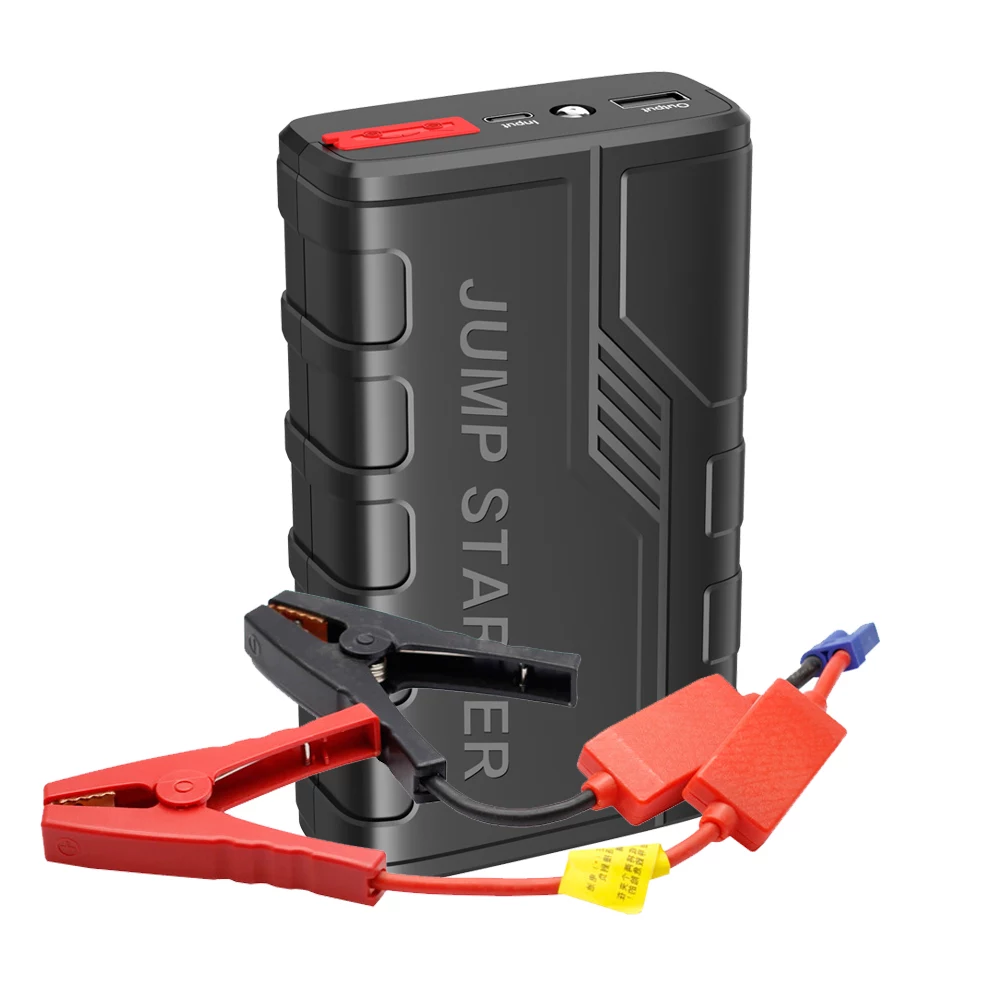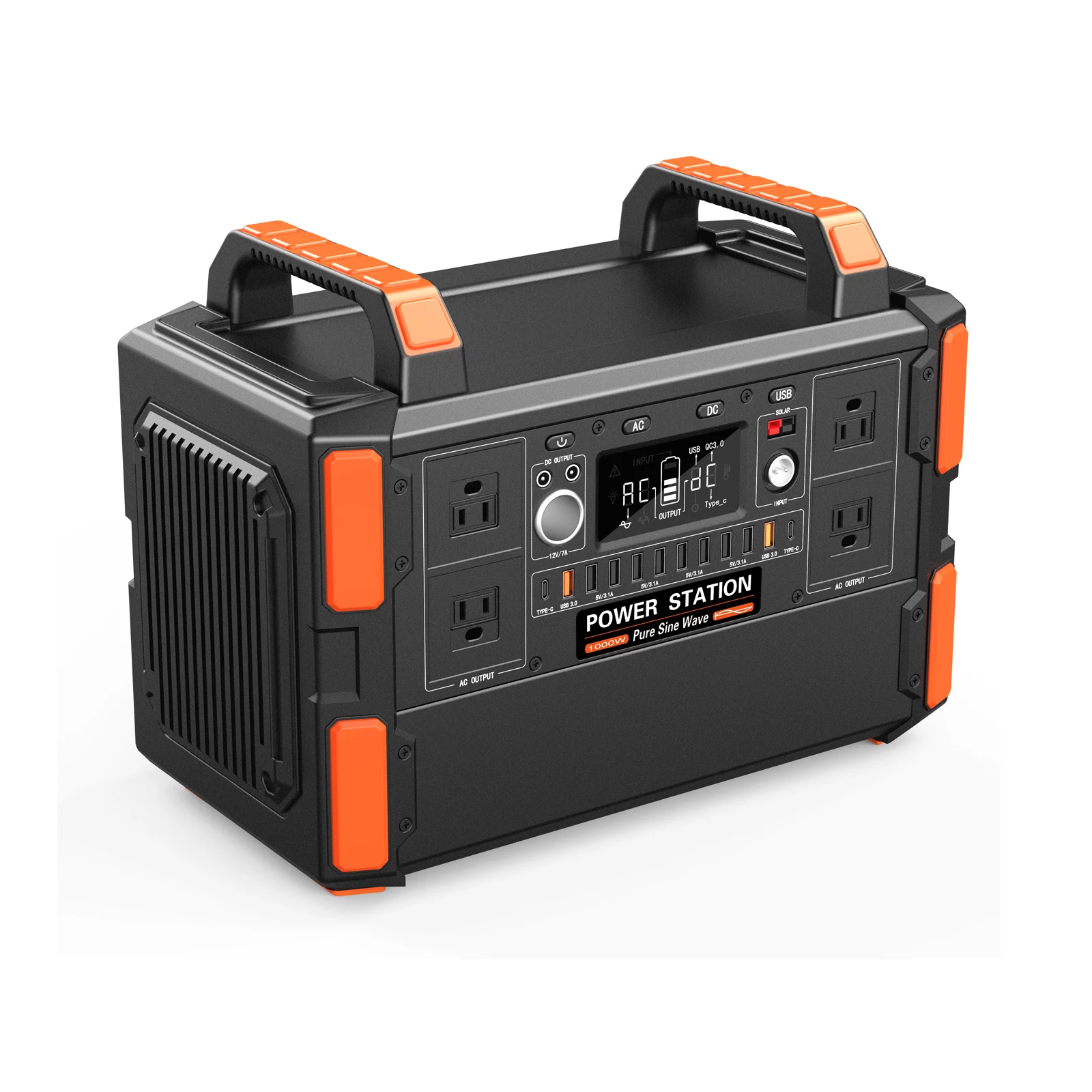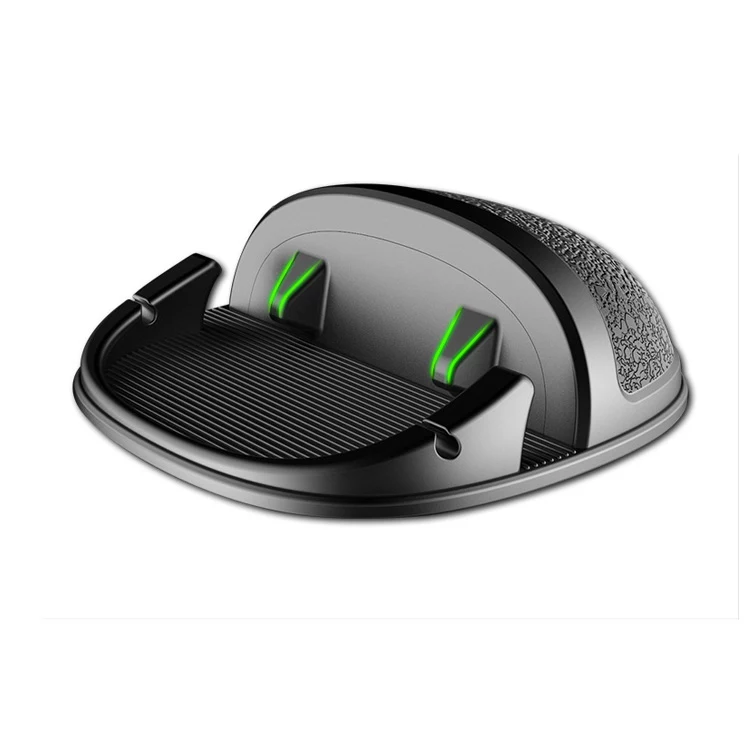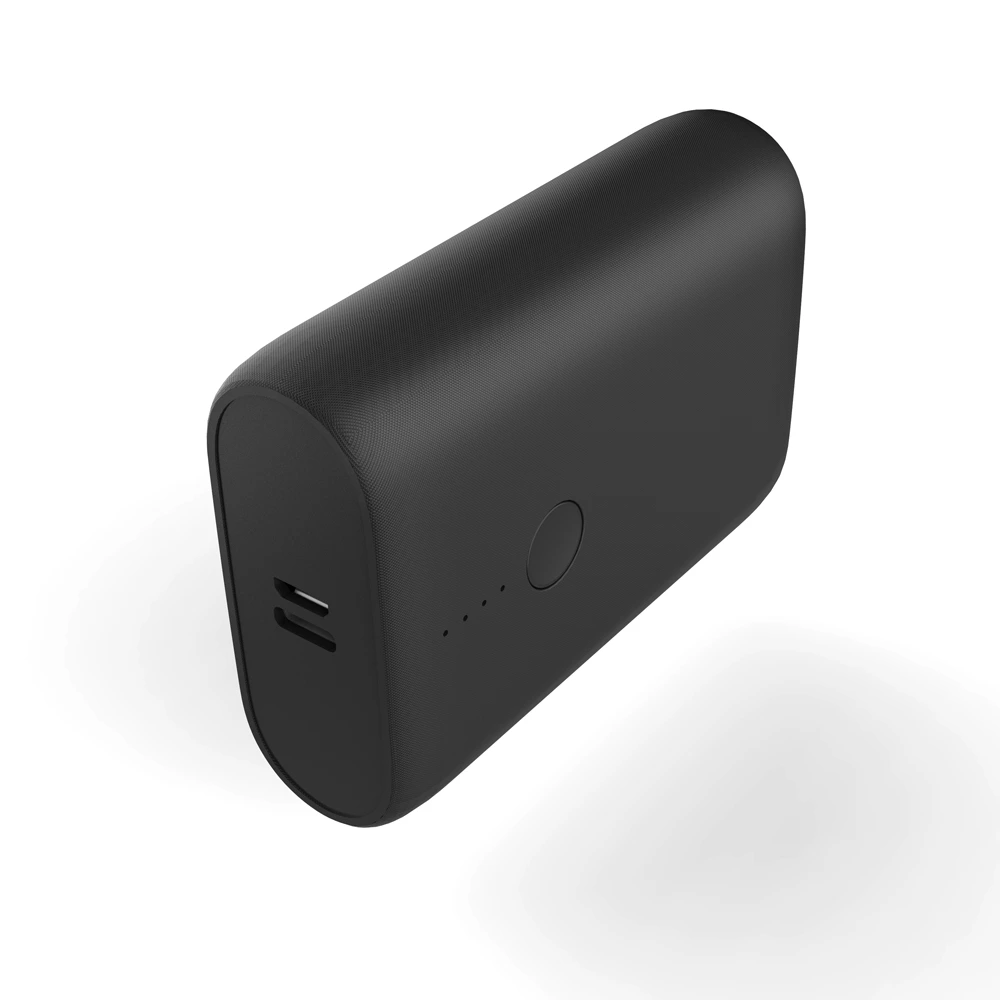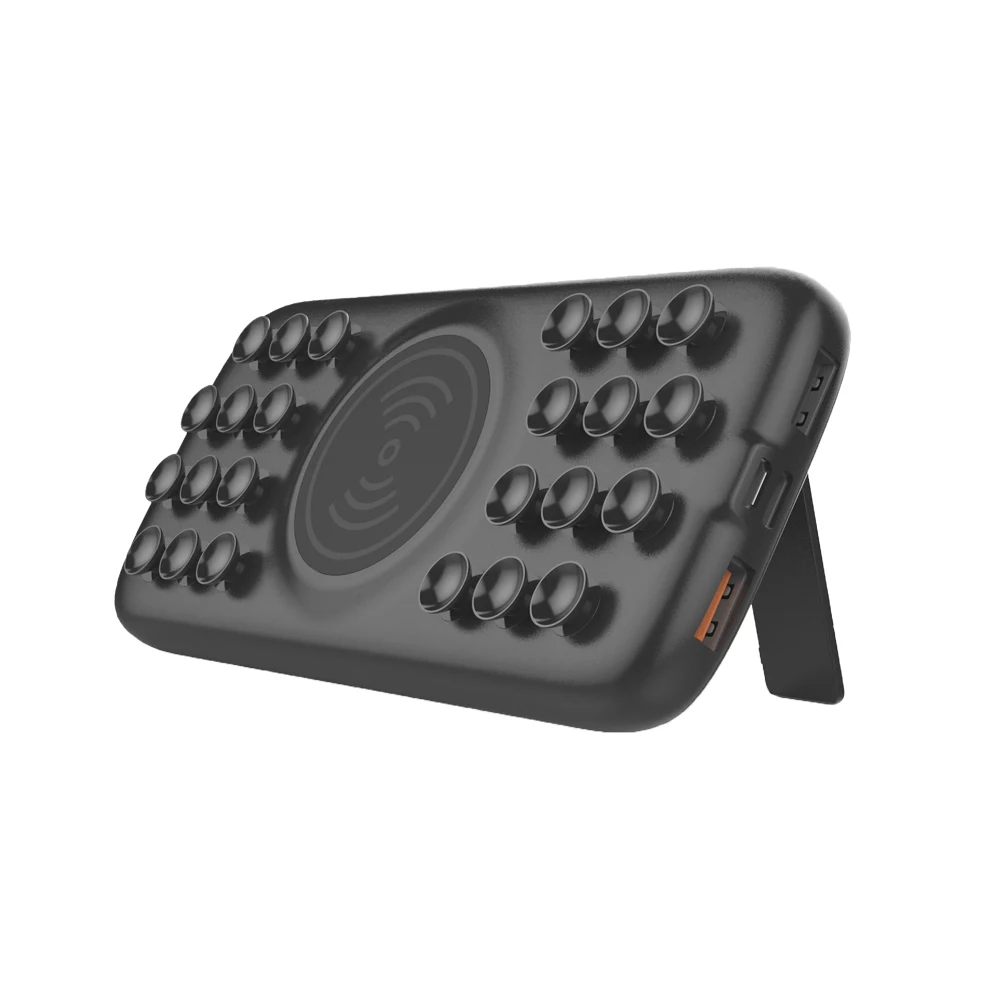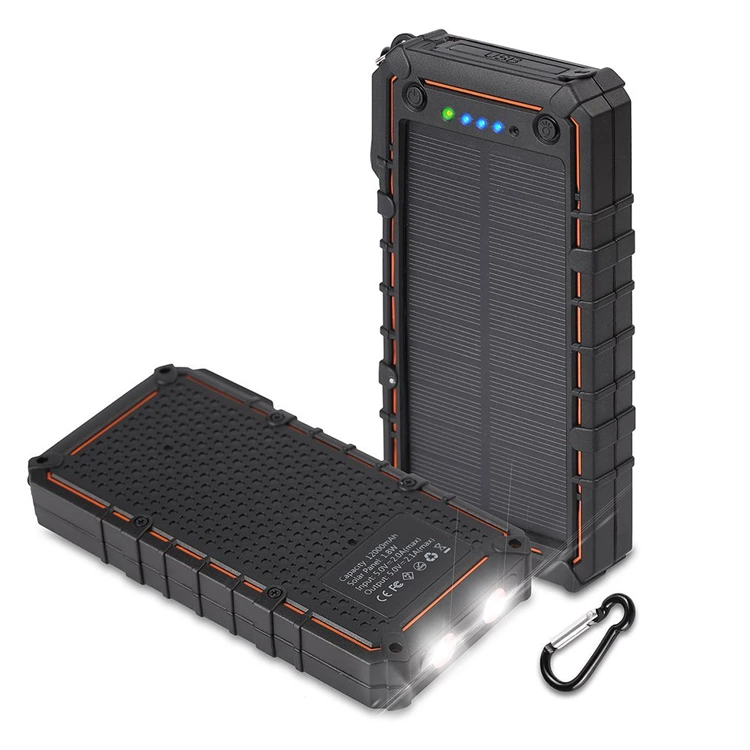The Future Development Trend of Smart Home

The establishment of the IOT ecology: The interconnection of smart home devices will be further strengthened, thereby promoting the establishment of the family IOT ecology. It is estimated that by 2019, 67% of smart home devices will be able to access the home interconnection platform, and 23% of smart home devices will be able to support two or more interconnection platforms.
Voice recognition: With the rapid development of the smart speaker market, voice platforms have gradually taken over the role of home interconnection. It is estimated that by 2019, more than 80% of smart home devices can be controlled through smart speakers.
Smart TV: Smart TV will become another important home device entrance besides smart speakers. It is estimated that by 2019, 25% of smart TVs will be able to control other home devices. Based on the complex diversity of the family environment and needs, the entry of the smart home ecosystem is not a single entry, and a multi-entry, multi-circle ecosystem will become a development trend.
Home scene automation: As the demand for home scene automation gradually emerges, the home environment, security and control equipment market will usher in a period of rapid growth. The growth rate is expected to reach 60% in 2019. Home security control products represented by smart cameras, smart door locks, smart sockets and smart lighting will usher in rapid development.
Voice assistants: The penetration rate of voice assistants will gradually increase, and they will be more widely used on various types of smart home devices. It is estimated that by 2019, 39% of smart home devices will be equipped with voice assistants. In 2018, the adoption rate of voice assistants in the smart home market shipments was 28%, and it is expected to reach 39% by 2019. Among them, smart speakers and smart TVs are the main ones, and more will be applied to smart sockets and smart cameras in the future. And smart gateways and other products.
Image recognition: Image recognition technology will be widely used in home security surveillance products. It is estimated that by 2019, 10% of home security surveillance products will implement facial recognition. In the long run, this will guide the establishment of a smart home value-added service model. Image recognition technology will enable future home security monitoring products to not only recognize the human body, but also accurately judge the user's identity, thereby improving the monitoring efficiency and interactive experience.
Screen interaction: Screens will be increasingly used in smart home devices and promote the emergence of new product forms. Although voice interaction has always been the focus in the field of smart homes, screen interaction still plays an important role. The relationship between the two is not a substitute for each other, but a complementary relationship. The screen will be more used in smart speakers, smart refrigerators, and home security monitoring devices, and will give birth to new product forms, such as smart panels equipped with voice assistants and gateway functions.

